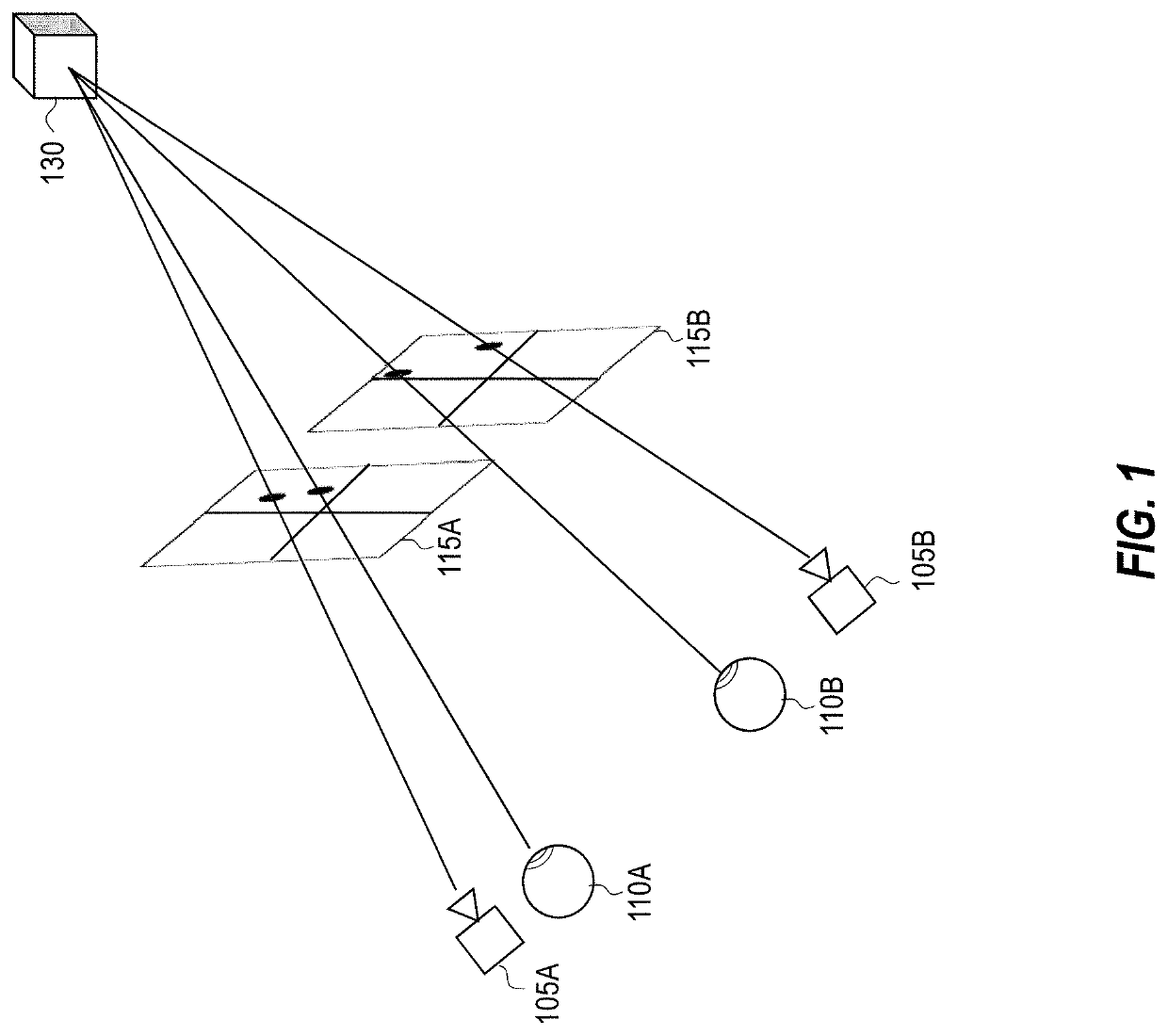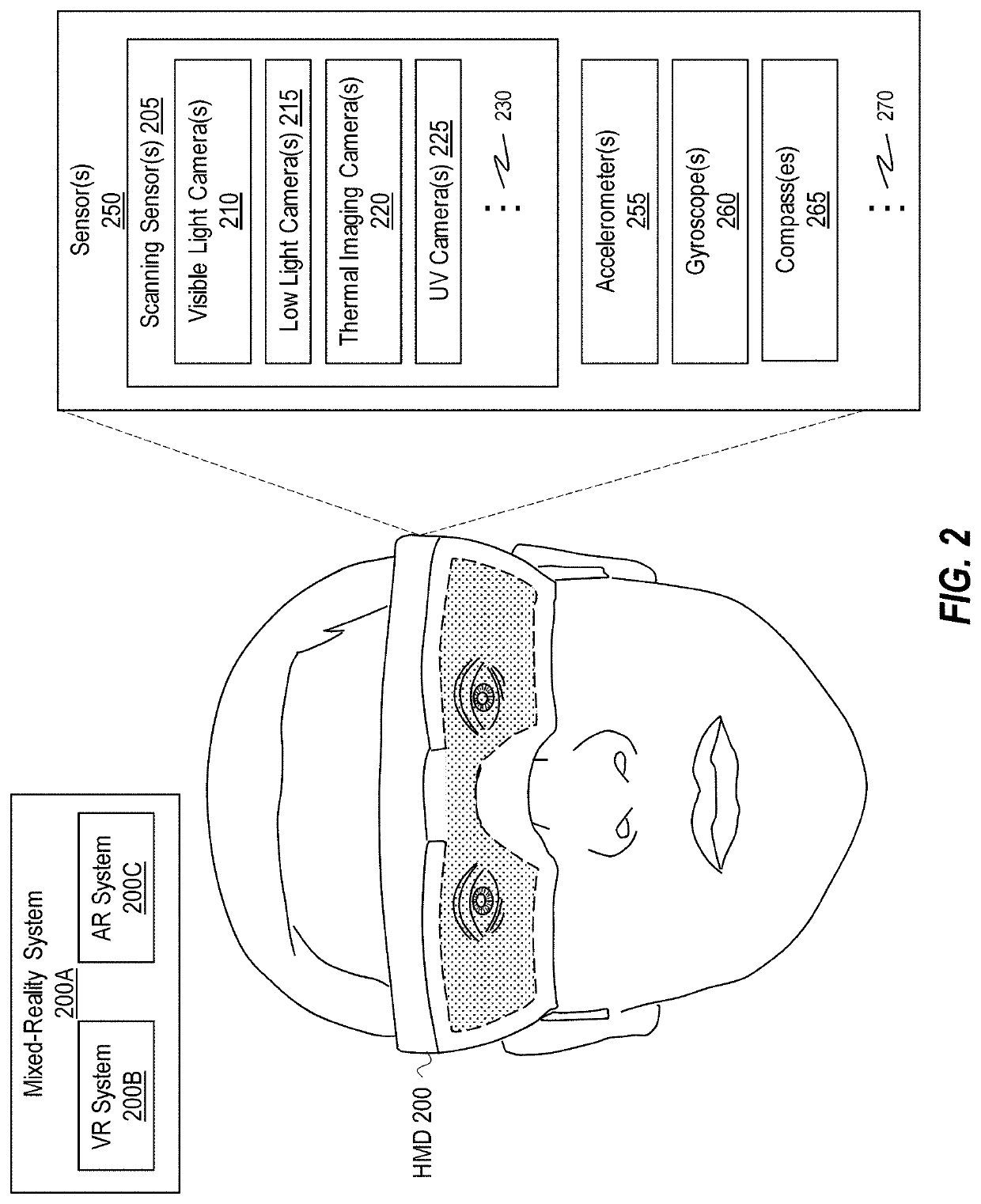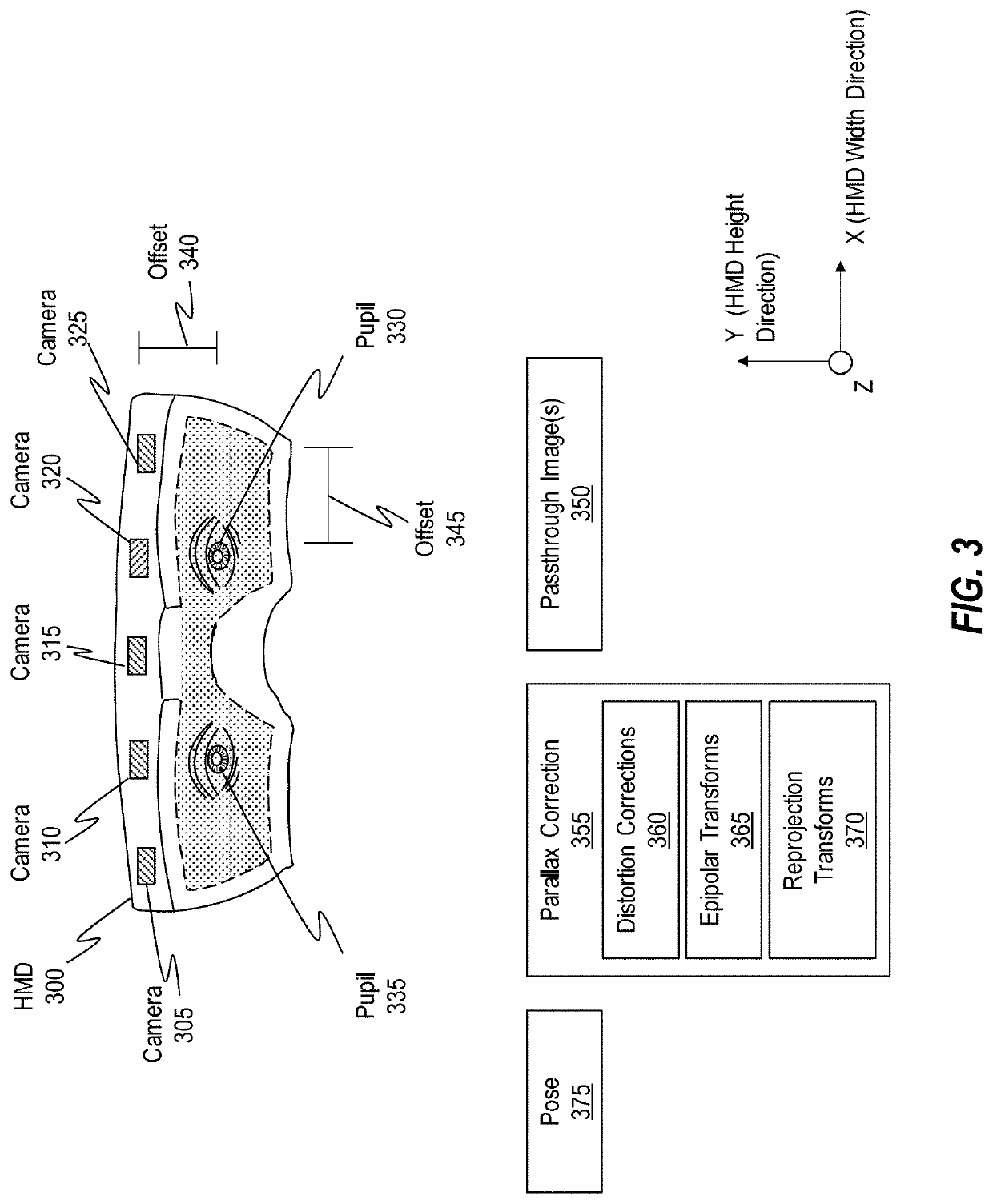Systems and methods for temporally consistent depth map generation
a technology of depth map and system, applied in image analysis, image enhancement, instruments, etc., can solve the problems of user creating many challenges, user affecting the accuracy of depth perception, etc., to achieve the effect of improving temporal consistency
- Summary
- Abstract
- Description
- Claims
- Application Information
AI Technical Summary
Benefits of technology
Problems solved by technology
Method used
Image
Examples
example method (
Example Method(s) for Temporally Consistent Depth Map Generation
[0194]The following discussion now refers to a number of methods and method acts that may be performed. Although the method acts may be discussed in a certain order or illustrated in a flow chart as occurring in a particular order, no particular ordering is required unless specifically stated, or required because an act is dependent on another act being completed prior to the act being performed.
[0195]FIG. 10 illustrates an example flow diagram 1000 that depicts various acts associated with methods for generating temporally consistent depth maps. The discussion of the various acts represented in flow diagram 1000 includes references to various hardware components described in more detail with reference to FIGS. 2 and 12.
[0196]The first illustrated act is an act of obtaining a first stereo pair of images at a first timepoint (act 1002). Act 1002 is performed, in some instances, utilizing scanning sensor(s) 205 of an HMD ...
PUM
 Login to View More
Login to View More Abstract
Description
Claims
Application Information
 Login to View More
Login to View More - R&D
- Intellectual Property
- Life Sciences
- Materials
- Tech Scout
- Unparalleled Data Quality
- Higher Quality Content
- 60% Fewer Hallucinations
Browse by: Latest US Patents, China's latest patents, Technical Efficacy Thesaurus, Application Domain, Technology Topic, Popular Technical Reports.
© 2025 PatSnap. All rights reserved.Legal|Privacy policy|Modern Slavery Act Transparency Statement|Sitemap|About US| Contact US: help@patsnap.com



